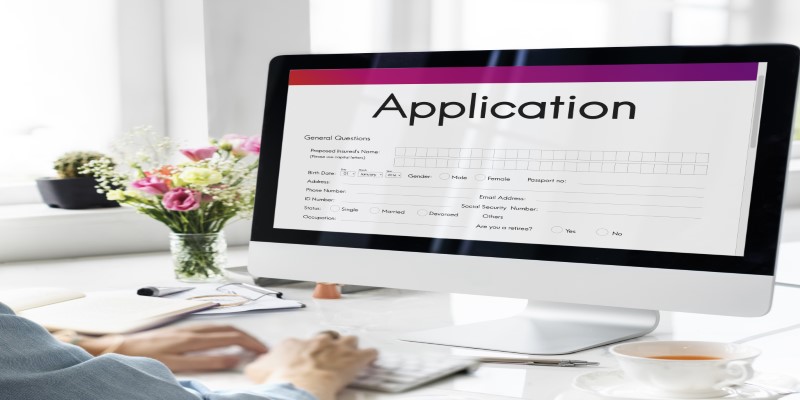Are you or a loved one dealing with a disability that hinders your ability to work and earn a living? If so, you may be eligible for disability benefits. These benefits are designed to provide financial support to individuals who are unable to work due to a disability.
In this comprehensive guide, we'll walk you through the process of applying for disability benefits conversationally and straightforwardly, devoid of corporate jargon.
Disability Benefits Defined
Disability benefits, often referred to as Social Security Disability Insurance (SSDI) or Supplemental Security Income (SSI), are federal programs that offer financial assistance to individuals with disabilities. These benefits are intended to replace a portion of lost income due to the inability to work.
Who Qualifies for Disability Benefits?
To be eligible for disability benefits, you must meet certain criteria:
- You must have a medical condition that prevents you from engaging in substantial gainful activity (SGA).
- Your disability must be expected to last for at least one year or result in death.
- You must have accumulated enough work credits for SSDI (usually through past employment) or meet the income and resource limits for SSI.
How to Apply for Disability Benefits?
Now that we have a basic understanding of disability benefits, let's explore the steps to apply for them.
Step 1: Gather Necessary Information
Before you begin the disability application process, it's essential to gather all the required information and documentation. Having everything prepared will make the process smoother.

What You'll Need:
Personal Information: You'll need your Social Security number, birth certificate, and contact information.
Medical Records: Collect all relevant medical records, including diagnoses, treatments, and contact information for healthcare providers.
Work History: Make a list of your past jobs, including dates of employment and job descriptions.
Financial Information: For SSI, you'll need information about your income, assets, and expenses.
Family Information: If you have dependents, gather their personal and financial information as well.
Step 2: Determine Your Eligibility
Before applying for disability benefits, it's crucial to determine if you meet the eligibility criteria. You can do this by using the Social Security Administration's (SSA) online screening tool or consulting with a local SSA office.
Online Screening Tool: The SSA offers an online tool that allows you to check your eligibility for both SSDI and SSI benefits. Simply input your information, and the tool will guide your eligibility.
Consulting with SSA: If you prefer a more personalized approach, you can schedule an appointment with your local SSA office. A representative will review your case and help you determine your eligibility.
Step 3: Complete the Application

Once you've gathered all the necessary information and confirmed your eligibility, it's time to fill out the disability benefits application. There are several ways to do this:
Online Application: The most straightforward and convenient method to request disability benefits is by using the SSA's website online. The online application allows you to start, save, and finish your application at your own pace.
Phone Application: If you're not comfortable with the online process, you can apply over the phone by calling the SSA at their toll-free number. A representative will guide you through the application.
In-Person Application: You can also apply in person at your local SSA office. Schedule an appointment and bring all your documentation with you.
Regardless of the application method you choose, make sure to provide accurate and detailed information. Double-check your application before submitting it to avoid delays.
Step 4: Wait for a Decision
Following the submission of your disability benefits application, the SSA will assess your case to establish your eligibility. This process can take several months, so it's essential to be patient.
Reviewing Medical Records: The SSA will request your medical records and review them to assess the severity of your condition. They may also send you for additional medical exams if necessary.
Consultative Examination: In some cases, the SSA may ask you to attend a consultative examination with a healthcare provider they choose. This is to gather more information about your disability.
Step 5: Receive a Decision
Once the SSA has reviewed your case, they will send you a decision letter. There are three possible outcomes:
Approved: Congratulations! If your application is approved, you will start receiving disability benefits. The letter will also provide information about the amount and when to expect payments.
Denied: If your application is denied, don't lose hope. You have the right to appeal the decision. The denial letter will explain the reason for the denial and the steps for appeal.
More Information Needed: In some cases, the SSA may require additional information to make a decision. Follow their instructions promptly to avoid delays.
Step 6: Appeal if Necessary
If your disability benefits application is denied, it's crucial to understand that denials are not uncommon. Many applicants are initially denied but go on to receive benefits through the appeals process.
The Appeals Process: The SSA offers a multi-step appeals process, which includes:
Reconsideration: You can request a reconsideration of your case by a different SSA representative.
Hearing: If your reconsideration is denied, you can request a hearing before an administrative law judge.
Appeals Council: Should the judge's ruling not be in your favor, you have the option to file an appeal with the SSA's Appeals Council.
Federal Court: If all else fails, you can file a lawsuit in federal court.
It's important to consult with an attorney or advocate who specializes in disability cases if you decide to appeal. They can provide valuable guidance and representation throughout the process.
Step 7: Receive Benefits
If your disability benefits application is approved or successfully appealed, you will begin receiving your benefits. Here are some key points to know:
Payment Schedule: Disability benefits are typically paid on a monthly basis. The exact payment schedule may vary based on the type of benefit and your birthday.
Medical Review: In some cases, the SSA may conduct periodic reviews of your disability to ensure you still qualify. Be prepared to provide updated medical information if requested.
Return to Work: If your condition improves to the point where you can return to work, it's essential to report this to the SSA. You may still be eligible for a trial work period or other assistance programs.
Conclusion
Applying for disability benefits may seem like a daunting process, but with the right information and preparation, it can be manageable. Remember to gather all necessary documentation, determine your eligibility, complete the application accurately, and be patient throughout the review process.




